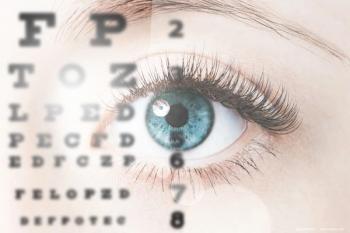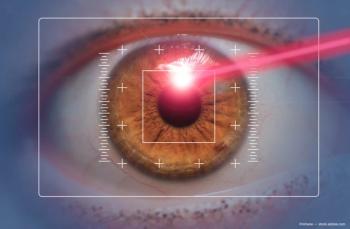
Biolase gets patent for laser treatment of presbyopia, hyperopia
The U.S. Patent and Trademark Office has issued a new patent to Biolase Technology covering the use of its laser technologies for treating presbyopia and hyperopia, according to the company.
Irvine, CA-The U.S. Patent and Trademark Office has issued a new patent to Biolase Technology covering the use of its laser technologies for treating presbyopia and hyperopia, according to the company.
The patent covers the use of erbium-based pulsed lasers to increase or facilitate an increase in accommodation, mitigating the effects of presbyopia, enabling the eye to refocus at near distance without losing its ability to focus at a distance.
The new patent is the company’s first one in the United States to be issued in Ophthalmic Patent Family IV and outlines the apparatus and methods for laser tunneling, an approach to reversing presbyopia. Biolase currently holds seven issued and 20 pending U.S. and international patents in the four families in the field of ophthalmology.
“Presbyopia is a perfect fit for our patented Er,Cr:YSGG Waterlase technology and the first of several other major medical applications in dermatology, cosmetic surgery, orthopedics, urology, and ENT that we plan to commercialize or license in the near future,” said Federico Pignatelli, chairman and chief executive officer.
He added that, unlike other approaches to treating presbyopia using lasers, the company’s method does not involve altering the cornea or lens. Alternatively, it restores normal accommodative function to improve near, intermediate, and distance vision. “There are no issues with glare, depth perception, or intermediate vision, and patients retain natural binocular stereoscopic vision,” Pignatelli said.
Newsletter
Don’t miss out—get Ophthalmology Times updates on the latest clinical advancements and expert interviews, straight to your inbox.















































.png)


